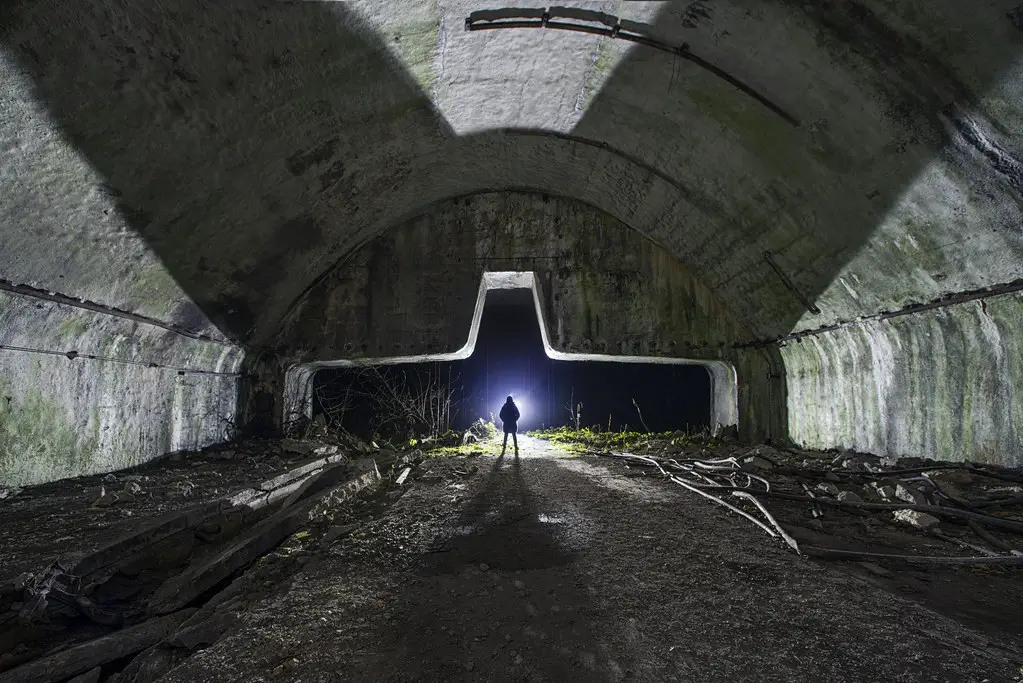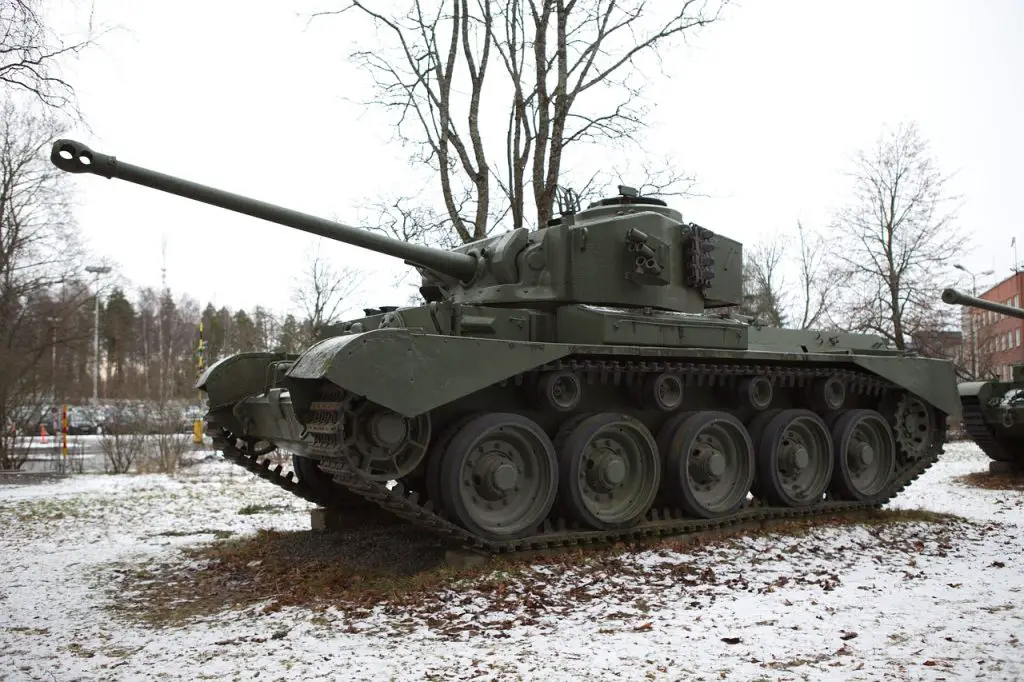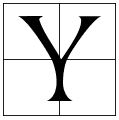 ugoslavia’s greatest urban legend is that Tito secretly sold space technology to Kennedy in 1961 for $2.5 million ($50 billion today). The technology was allegedly developed at the secret underground airbase in Zeljava on the Croatian-Bosnian border and is based on the secret writings of aviation pioneer Herman Potocnik, whose picture can be seen at NASA’s headquarters and whose 1929 book The Problem of Space Travel influenced Nazi, Soviet and US scientists, including the architect of the American space program, former Nazi Wernher von Braun and Arthur C. Clarke, who refers to it extensively in his work.
ugoslavia’s greatest urban legend is that Tito secretly sold space technology to Kennedy in 1961 for $2.5 million ($50 billion today). The technology was allegedly developed at the secret underground airbase in Zeljava on the Croatian-Bosnian border and is based on the secret writings of aviation pioneer Herman Potocnik, whose picture can be seen at NASA’s headquarters and whose 1929 book The Problem of Space Travel influenced Nazi, Soviet and US scientists, including the architect of the American space program, former Nazi Wernher von Braun and Arthur C. Clarke, who refers to it extensively in his work.
Both NASA and Yugoslavia have officially denied all allegations. Nevertheless and according to an independent study by Radio Free Europe in 2012, even 40% of Serbs believe in this conspiracy theory, as it is based on a number of interesting facts, starting with Yugoslav rocket science and Herman Potocnik, also known by his code name Herman Noordnug.
Potocnik-Noordnug was a rocket engineer, astronaut theorist, and officer in the Austro-Hungarian army who narrowly survived the First World War, retiring after its end at the age of 26. Due to his incurable tuberculosis and PTSP, he never married and died alone without a penny in Vienna at the age of 36. His work, however, continued to live and both the Soviets and the Americans received copies of his published ideas and soon started to experiment with the information.
They didn’t know, however, that Tito’s secret police UDBA found many more of his unpublished writings in 1947 and that Yugoslavia was also starting its own secret underground airbase in Zeljava, just 80 kilometers from where Nikola Tesla was born.
1948 was the greatest turning point for Yugoslavia
In 1948, Tito made two important decisions that would lead the Social Federal Republic to the top of world politics. One was to give Stalin a “historic No” in order to preserve Yugoslavia’s sovereignty and bring the country into a strategic and profitable balance between the communist and imperialist world forces. And the other was to build a secret underground military airbase in Zeljava, which would be invisible on radar screens, could alert any base in any of the six Yugoslav republics, and would survive a Nagasaki-type nuclear disaster.
That same year, construction of the largest and most expensive European airbase began inside Mount Plesivica in Croatia. The entire complex consisting of external facilities, barracks, tunnels, and spurs covered seven million square meters and cost six billion dollars, three times the current annual military budgets of Serbia and Croatia combined. The underground base had four entrances, each capable of launching jets and protected by a 100-tonne pressure gate leading to five runways. It could house 60 aircraft, feed 1000 people, be hermetically sealed, and survive being cut off from the outside world for 30 days. Thus Zeljava was self-sufficient and had generators, an underground water source from a nearby river, an advanced air conditioning system, communications, and operations centers, missile and bomb storage, and weapons testing facilities, while the radar station was located on the top of Plješevica Mountain.
Just like Stalin and subsequent Soviet leaders, Tito didn’t spare his people a hard life by investing insane sums in military defense against the paranoid nuclear threat. It was a fashion and a status symbol. But unlike the Soviet top, Tito was a businessman and a bon vivant, determined to make Yugoslavia independent, competitive and prosperous.
Having abandoned Soviet communism, Tito benefited from large loans from the West, especially the US, which wanted to strengthen Yugoslavia’s independence and have a share in the market.
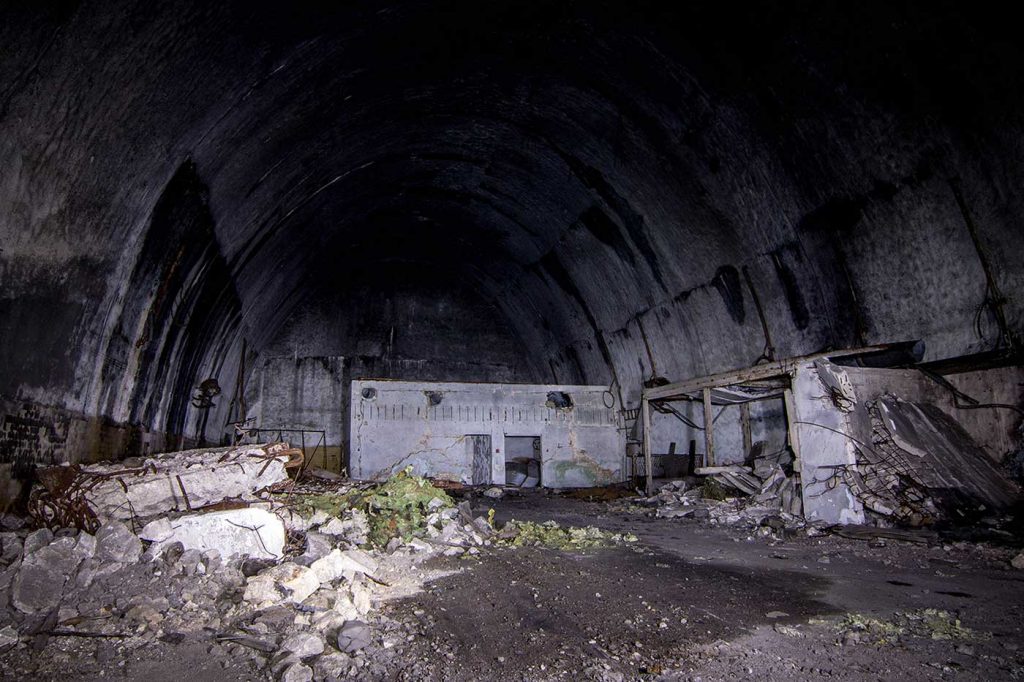
Zeljava Airbase remained secret until 1960 when the CIA learned about it
In 1961, Tito agreed with Kennedy on another loan, this time of $2.5 billion ($50 billion today), which was three times the budget of NASA at the time and led to political demonstrations in front of the White House with banners reading “$ 2.5 billion will strengthen communism” and “Tito the murderer”. Only two months later, Kennedy announced US plans to land on the moon, and Yugoslavia was briefly forgotten until Tito met Kennedy again in 1963, bragged about the sudden explosion of the Yugoslav economy, and narrowly escaped assassination.
During his stay, he also visited NASA, where he met with Yugoslav scientist Mike Vucelic, who had worked for NASA’s Apollo program since 1962 and was one of the leaders of all Apollo missions, including the 1969 moon landing, where he was responsible for the operation of the command module Columbia and the safe return to Earth of the three astronauts Armstrong, Collins, and Aldrin.
Vucelic was the first to receive the message “Houston, we have a problem” in 1970 when the Apollo 13 mission to land on the moon was suddenly interrupted due to an unexpected fuel explosion. He led a relief team that quickly constructed a containment vessel that reduced the dangerous carbon dioxide concentration and saved the lives of the crew members. For this achievement, Vucelic was awarded the Presidential Medal of Freedom. In 1972, members of the Apollo 15 mission visited the Slovenian lake of Bled, and NASA astronaut David Scott gave an interview about Yugoslav hospitality and gastronomic delights.
And somewhere here began the rumors in Yugoslavia that Kennedy actually paid Tito for the top-secret space program because the CIA came across Zeljava in 1960 while searching for secret military bases in Europe and to prove that Yugoslavia was not collaborating with the Soviets, Tito sold Zeljava’s space technology to the US and made his country rich.
What happened with Zeljava?
With the help of the dollar, Yugoslavia experienced exponential growth while Tito spread the Non-Aligned Movement throughout the world as the diplomacy of the third way, smoked fine cigars, and played chess with politicians, movie stars, and fishermen, both literally and figuratively.
Yugoslavia invested a lot of money in the development of science, as Tito promoted the importance of science and technology for the future of society. Elite physics institutes were established in Slovenia, Croatia, and Serbia. At the same time, Yugoslavia worked intensively on the development of modern aircraft and was close to completing a new type of supersonic airplane shortly before its brutal dissolution in the 1990s.
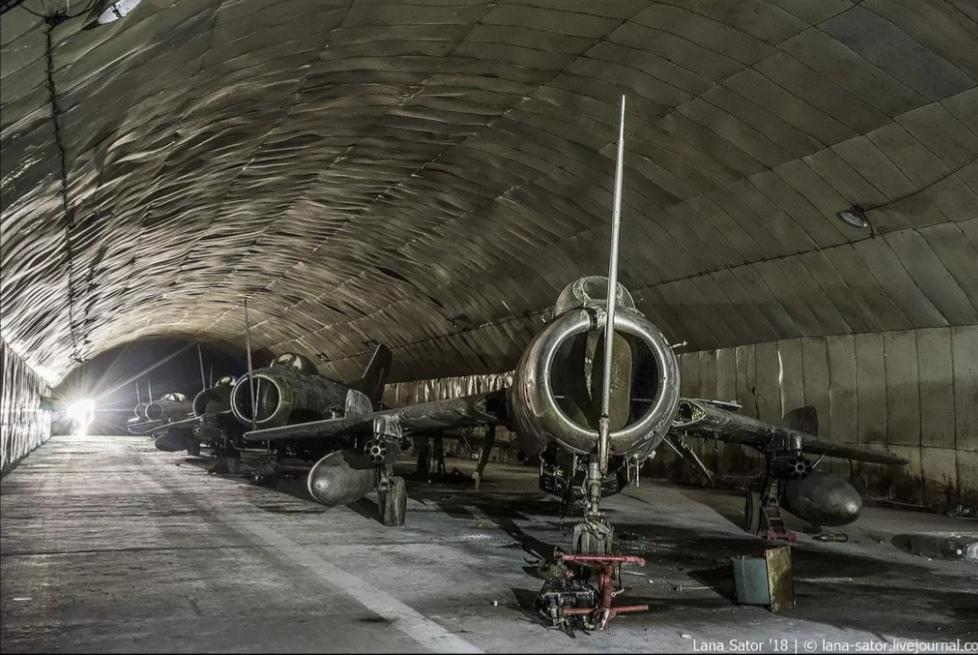
Zeljava was fully functional at the beginning of the war, but when it became a threat to the warring parties, the Yugoslav National Army destroyed it during their retreat by detonating built-in explosive charges. A year later, Slobodan Milosevic’s Republic of Serbian Krajina military completed the destruction of the base with another 56 tonnes of explosives, the smoke from which rose from the mountain over the next six months.
Before the destruction, the fighter pilots stationed at the base deserted or were transferred to their command in Serbia. Pilot Rudolf Perešin was one of the many who did not want to fight or choose sides.
When the war started, it took some time for the Yugoslav soldiers to understand what was happening and who they were fighting, because they were simply sent to the west of the country to shoot there. Many of them came from mixed families and were barely 18 years old and when they realized that the enemy was their own people, they tried to flee.
On 25 October 1991, on the eve of war in Croatia, Rudolf Perešin defected and fled the Zeljava base via the fourth exit. He didn’t manage to land at Zagreb airport, like the other stationed pilot Daniel Borović, but had to divert to Klagenfurt in Austria, where his jet can be seen today at the Zeltweg airport.
Zeljava is now open for guided tourist visits but beware of the landmines that still cover the area. Recently, a retired Bosnian officer was blown up by a mine while searching for mushrooms, which is a perfect metaphor for Yugoslavia.

Writer and director who thinks different and does everything differently. Art enthusiast. Wandering and wondering. Until the end of meaning.
irena_curik@hotmail.com

